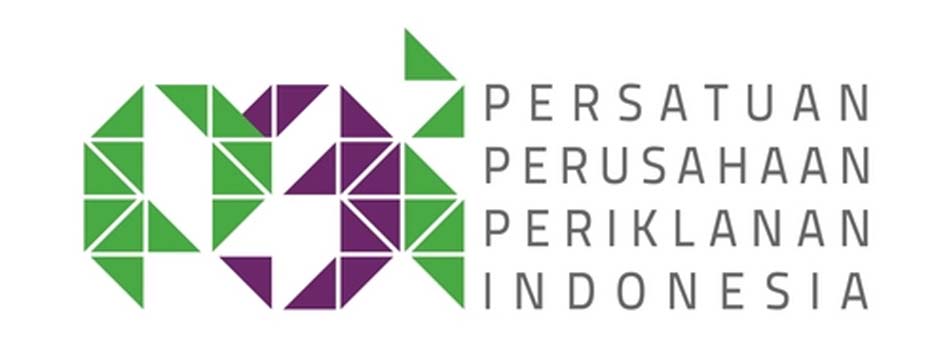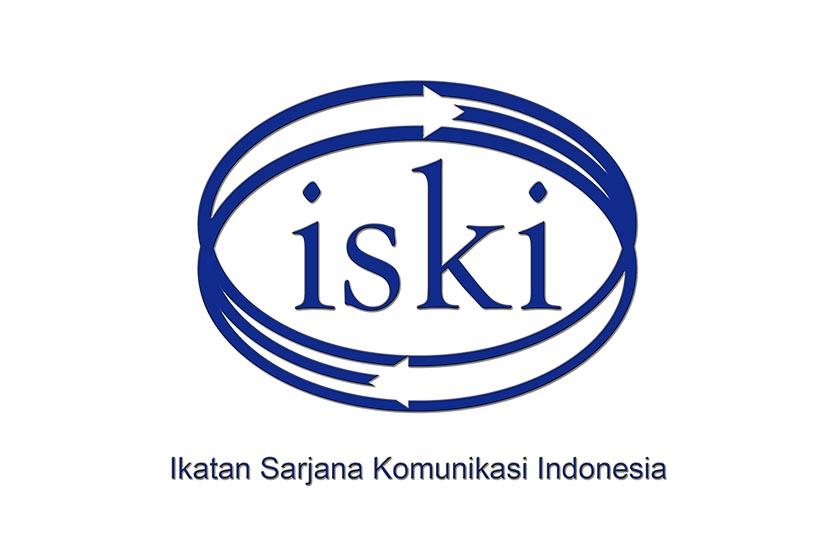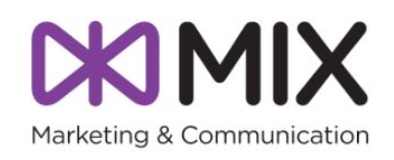Consumers’ Perceptual Experiences of the Prices and their Relevance to Brand Image and Brand Loyalty
DOI:
https://doi.org/10.36782/jobmark.v5i2.200Keywords:
Brand Image, Brand Loyalty, Phenomenology, Perceived price, PriceAbstract
How consumers perceive a price is believed to have certain value has become the focus of firm strategies in recent years. This study explores on how Consumers’ Perceptual Experiences of the Prices and their Relevance to Brand Image and Brand Loyalty. The findings suggest that price is not the main star of the price itself. There are so many things revolving around price that have relevance with Brand Image & Brand Loyalty. This research found that customers memorize prices better when they have a good experience with the price & memorize it as a positive memory and it locks the image of a good-quality brand with good-quality price for their subjective affordability. This thesis also creates several follow-up questions as this thesis found, information received by customers affects the way they justify a price, several questions are then created such as what kind of communication is the most effective in communicating added value or what kind of information can justify added value.
Downloads
References
Aaker, D. A. (1996). Measuring brand equity across products and markets. California management review, 38(3).
Anselmsson, J., Bondesson, N. V., & Johansson, U. (2014). Brand image and customers' willingness to pay a price premium for food brands. Journal of Product & Brand Management.
Denzin, N. K. (2012). Triangulation 2.0. Journal of mixed methods research, 6(2), 80-88.
Dick, A. S., & Basu, K. (1994). Customer loyalty: toward an integrated conceptual framework. Journal of the academy of marketing science, 22(2), 99-113.
Gecti, F. (2014). Examining price perception and the relationships among its dimensions via structural equation modeling: a research on Turkish consumers. British Journal of Marketing Studies, 2(1), 1-11.
Haroz, S., & Whitney, D. (2012). How capacity limits of attention influence information visualization effectiveness. IEEE Transactions on Visualization and Computer Graphics, 18(12), 2402-2410.
Kashyap, R., & Bojanic, D. C. (2000). A structural analysis of value, quality, and price perceptions of business and leisure travelers. Journal of travel research, 39(1), 45-51.
Kotler, P. (1964). Marketing mix decisions for new products. Journal of marketing research, 1(1), 43-49.
Leszinski, R., & Marn, M. V. (1997). Setting value, not price. Industrial Launderer, 48, 51-58.
Li, C. P. (2017). Effects of brand image, perceived price, perceived quality, and perceived value on the purchase intention towards sports and tourism products of the 2016 Taichung international travel fair. The Journal of International Management Studies, 12(2), 97-107.
Lichtenstein, D. R., Ridgway, N. M., & Netemeyer, R. G. (1993). Price perceptions and consumer shopping behavior: a field study. Journal of marketing research, 33(2), 234-245.
Loyalty, B. (2013). Study on the relationships among customer satisfaction, brand loyalty and repurchase intention. Journal of theoretical and applied information technology, 49(1).
Pambudi, K. S., & Suhanti, I. Y. (2017). Penelitian Studi Kasus Fenomenologi Persepsi Keadilan Pelaku Pembunuhan Anggota Pki 1965. Jurnal Sains Psikologi, 6(1), 22-33.
Ponty, M. M. (1996). Phenomenology of perception. Motilal Banarsidass Publisher.
Razy, F. F., & Lajevardi, M. (2015). Investigating relationship between brand image, price discount and purchase intention. Journal of Marketing and Consumer Research, 17, 49-56.
Setiawan, E. B., Kartini, D., Afiff, F., & Rufaidah, P. (2016). Impact of Price Fairness on Brand Image and Purchase Intention for Low Cost Car in Indonesia. Int. J. Econ. Commer. Manag, 4(9), 300-308.
Virvilaite, R., Saladiene, V., & Skindaras, D. (2009). The relationship between price and loyalty in the services industry. Engineering Economics, 63(3).
Walter, N., Cleff, T., & Chu, G. (2013). Brand experience’s influence on customer satisfaction and loyalty: a mirage in marketing research. International Journal of management research and business strategy, 2(1), 133-144.
Widagdo, H. A. (2013). Pengaruh Perceived Price terhadap Customer Loyalty melalui Perceived Quality dan Customer Satisfaction pada Produk Handphone Blackberry di Surabaya. Jurnal Ilmiah Mahasiswa Manajemen, 2(1).
Wijaya, B. S. (2013). Dimensions of brand image: A conceptual review from the perspective of brand communication. European Journal of Business and Management, 5(31), 55-65.
Wijaya, B. S. (2015). From Selection to Proposition: Qualitative Data Analysis Models and Methods. Journal Communication Spectrum: Capturing New Perspectives in Communication 5(1), 1-12.
William B. Dodds and Kent B. Monroe (1985). The Effect of Brand and Price Information on Subjective Product Evaluations. In NA - Advances in Consumer Research Volume 12, eds. Elizabeth C. Hirschman and Moris B. Holbrook, Provo, UT : Association for Consumer Research, Pages: 85-90.
William C. Martin, Nicole Ponder, Jason E. Lueg, Price fairness perceptions and customer loyalty in a retail context, Journal of Business Research, 62(6), 2009, Pages 588-593.
Zeithaml, V. A. (1988). Consumer perceptions of price, quality, and value: a means-end model and synthesis of evidence. Journal of marketing, 52(3), 2-22.
Downloads
Published
How to Cite
Issue
Section
License
Copyright (c) 2023 Jobmark: Journal of Branding and Marketing Communication

This work is licensed under a Creative Commons Attribution-NonCommercial 4.0 International License.



















